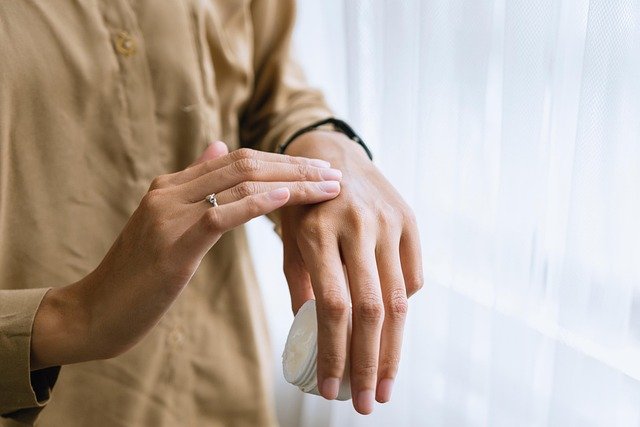Unraveling the Health Impact of Blue Light: A Modern-Day Conundrum
In the last two decades, we've undergone a digital revolution, with electronic devices becoming an integral part of our lives. While this era of digital technology has brought countless conveniences, it has also introduced new health concerns, primarily due to our increased exposure to blue light.

Blue light is a high-energy, short-wavelength light emitted by the sun, but also by digital screens and artificial lighting. Although natural blue light exposure during daylight hours can boost attention and mood, excessive exposure, particularly at night, is associated with several health risks.
Blue Light: The Good, The Bad, and The Ugly
Research shows that blue light can affect our circadian rhythm, the body’s internal clock that regulates sleep-wake cycles. Exposure to blue light during the evening can trick our body into thinking it’s still daytime, leading to difficulty falling asleep and reduced sleep quality.
Moreover, studies suggest that excessive blue light exposure can contribute to digital eye strain, characterized by eye discomfort, dryness, and blurred vision. Long-term exposure may even increase the risk of age-related macular degeneration, a leading cause of vision loss among older adults.
However, it’s not all bad news. Blue light exposure during the day can have positive effects, enhancing attention, reaction times, and mood. Hence, managing blue light exposure, not eliminating it, is the key to leveraging its benefits and mitigating its risks.
The Science of Blue Light Management
To effectively manage blue light exposure, it’s crucial to understand the factors influencing its impact. These include the timing of exposure, duration, intensity, and the individual’s age and overall health.
One common strategy is using blue light filtering apps or glasses, particularly in the evening. These tools work by reducing the amount of blue light emitted by screens, thus helping to maintain our natural sleep-wake cycle.
Furthermore, taking regular screen breaks can help prevent digital eye strain. The commonly recommended 20-20-20 rule suggests taking a 20-second break every 20 minutes to look at something 20 feet away.
Blue Light Exposure: Practical Tips
-
Limit screen time during the two to three hours before bedtime to help maintain your natural sleep-wake cycle.
-
Use blue light filters on digital devices or wear blue light blocking glasses, especially in the evening.
-
Follow the 20-20-20 rule to prevent digital eye strain.
-
Spend time outdoors during the day to benefit from natural blue light exposure.
-
Use warm, dim lights in your bedroom to minimize blue light exposure at night.
The Future of Blue Light Research
While the impact of blue light on our health is a relatively new area of research, it is rapidly evolving. Future studies will likely provide deeper insights into the mechanisms linking blue light exposure to health outcomes, potentially informing more effective strategies for blue light management.
In the meantime, taking simple steps to manage your blue light exposure can contribute to better sleep, eye health, and overall well-being. As we continue to embrace the digital age, it’s important to remember that the key to harnessing the benefits of technology while minimizing its risks lies in balance and moderation.




